Recreating the Country blog |
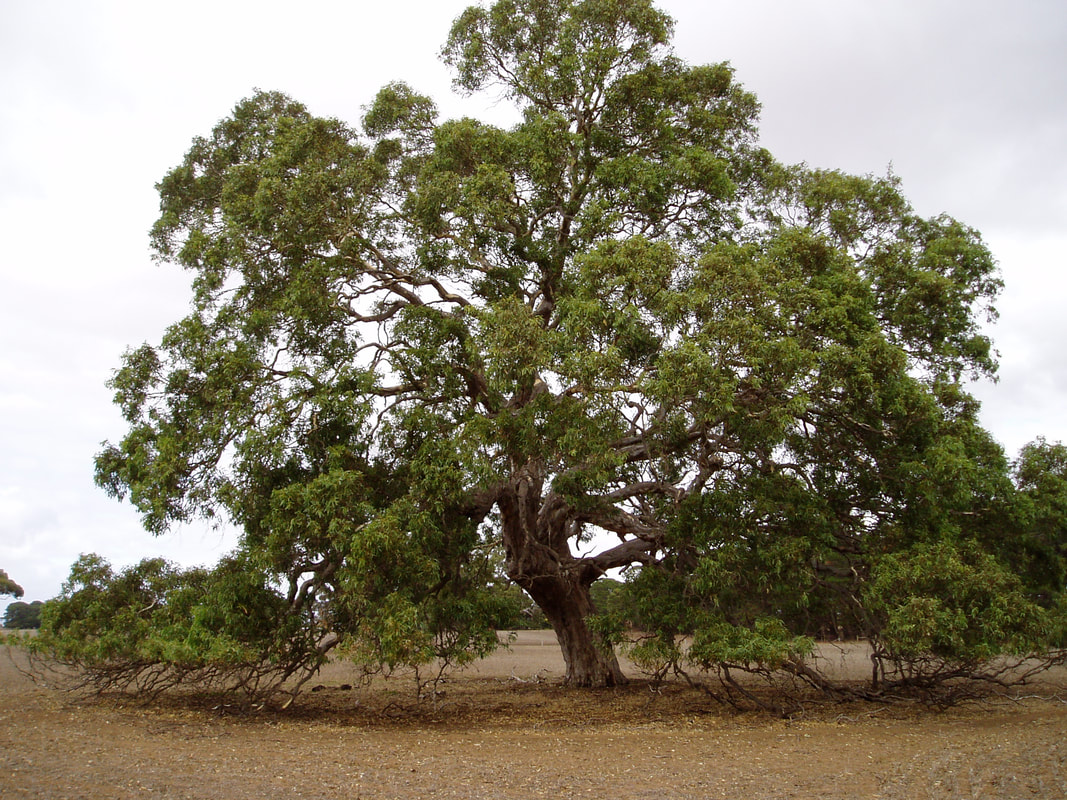 A graceful old River Red Gum in a cropping paddock in central Victoria A graceful old River Red Gum in a cropping paddock in central Victoria Something breathtaking We have all been in the presence of something in nature that is truly breathtaking. We’ve felt its magnificence and we’ve sensed its yawning reach back into history tugging at our imaginations. Standing beneath an ancient paddock tree gives me that sense of wonder every time. Now that I better appreciate all that they do for us, I am aware of a deep feeling of gratitude. This article is the first of three blogs about the ancient paddock trees that dot our rural and urban landscapes. They are a feature of our living environment, solid, very old and undemanding. They are reminders of what once was here before we came. Sometimes they are very rare examples of trees that are found nowhere else on the planet. 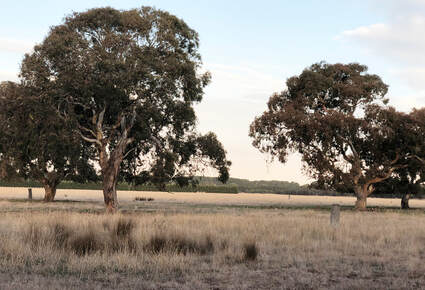 Remnant old Swamp Gums on the Bellarine Peninsuala Remnant old Swamp Gums on the Bellarine Peninsuala Picture yourself driving through the Australian countryside and your view is an endless expanse of open paddocks. The distant horizon is only interrupted by a random scattering of old trees. They are the lone trees that are the singular remains of the original vegetation. A vegetation that was a diverse mix of plants that once clothed this countryside, unbroken, from South Australia through Victoria and north into Queensland. These are the paddock trees and viewed from the roadside they seem unremarkable. They are like a group of strangers in an old photograph, interesting but without a story to connect us. They are just old trees, inconsequential and irrelevant to our busy lives. But are they? In truth these paddock trees are an enduring and vital part of a timeless view. They have been part of this landscape for thousands of years, since the end of the last ice age and possibly before it began. They are an important feature throughout the world. In different countries they have different names - isolated trees, pasture trees, remnant trees. People have always valued them for their antiquity and for the shade they provide. 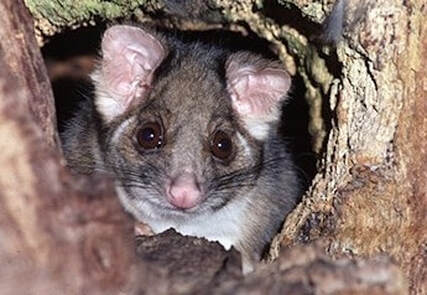 A common Ringtail Possum in a tree hollow A common Ringtail Possum in a tree hollow Ecology of paddock trees Now we know that they are much more than shady, historic icons. In an ecological sense they support many other life forms. They are the high rise apartments, B&B’s, supermarkets and hardware stores for thousands of insects, birds, mammals, reptiles and amphibians. ‘Large old trees frequently contain hollows, which are places where over 340 species of our frogs (37 species), reptiles (93 sp.), birds (115 sp.) and mammals (101 sp.) sleep, rear young, seek shelter from the weather or evade predators’. (Ref: 'A hollow is a home' by Abbie Mitchell. Pub. CSIRO - A wonderful book that is easy to read with lots if photos and illustrations) In 2000, a study in W.A & NSW of insects living in paddock trees added to our appreciation of the diversity of life that they support. Researchers, Majer and Recher found 1,600 distinct insect species in 40 trees. This is almost the total species of birds, mammals, reptiles and frogs found on the entire Australian continent. They also found an average of 16 species of bird frequenting these trees. Another study of insects under paddock trees found a greater diversity and numbers closest to the trees where leaf litter was deepest. This was linked to higher levels of organic matter and nutrients under the trees. Paddock trees are also ‘stepping stones’ for the annual migration of many insect and bird species. Woodland birds move between larger patches of remnant vegetation, flying from old tree to old tree. Paddock trees allow these bird populations to migrate and remain viable in areas where they would otherwise become rare or extinct. Threatened species like the Superb Parrot, the Squirrel Glider, Brush-tailed Phascogale and a number of species of micro-bats have also been recorded living in and feeding on the pollen, nectar, seed and insects in paddock trees. 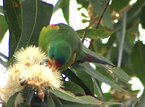 Swift Parrot feeding on the nectar of a eucalypt Swift Parrot feeding on the nectar of a eucalypt Researcher Dr Andrew Bennet and colleagues from Deakin University describe the remarkable strategy of Box-Ironbark trees growing on poor soils. While most eucalypts flower in spring providing an oversupply of nectar, the box and ironbark’s flower in winter when there is a shortage. This stimulates mass migrations of Lorikeets and honeyeaters that travel huge distances for the winter feast. The endangered Swift Parrot flies annually across Bass Strait in June to southern Victoria to feed on the nectar of the Yellow Gum/White Ironbark. This benefits the trees as the faeces of these birds, mammals and countless insects feeding on the flowers and leaves, greatly enriches the soil, enabling the paddock trees to prosper on otherwise poor leached soils. A keystone landscape feature 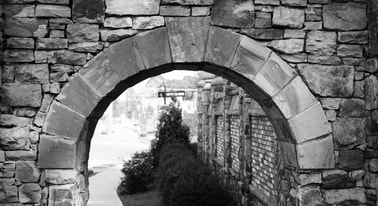 The keystone, at the top centre of the stone arch, is critical to the integrity of the whole stone wall The keystone, at the top centre of the stone arch, is critical to the integrity of the whole stone wall A paddock trees isolation adds significantly to its importance to the local ecology. They are an oasis in the open landscape and a refuge in an exposed and windswept paddock. The critical connectivity they provide across an open landscape is more beneficial when the trees are closer, within ‘line of site’ for birds. This is ideally a tree spacing of between 25 – 100 meters. The benefit to our nation of protecting and restoring scattered paddock trees is immense. Many of them are eucalyptus trees with a lifespan of 400 – 500 years and sometimes much longer. This remarkable longevity provides a continuity of resources, a thread of familiarity and certainty that the local wildlife have relied on for millennia. Biologists describe old paddock trees as keystone features on our landscape. And like the keystones supporting stone arches in a centuries old cathedral, they are understated but they are vital. Take the keystones away, the arches will crack and the cathedral will crumble. Take the paddock trees away, the diverse web of life that they have supported for centuries will wither and the whole ecology will collapse. 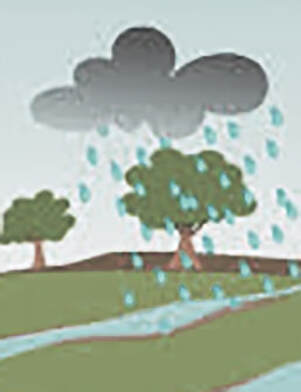 Transpiration from big trees can form clouds that produce rain Transpiration from big trees can form clouds that produce rain Protecting paddock trees is part of the climate change solution Big trees make it rain Under paddock trees the microclimate is cooler and wetter. This is partly because of the shade and wind shelter the trees provide. Though it’s also because old trees are very good at intercepting rainfall and making the most of it. This is part of the trees water cycle and it climaxes with the release of water vapour from the tree’s leaves back into the atmosphere. If there are enough big trees then inland clouds can form. This is because cool air moving across the landscape is pushed up by the big trees and cooled as it rises. This rising, moist, cool air condenses forming water droplets. These water droplets may then fall on the surrounding landscape as rain. Unfortunately large scale clearing of paddock trees and the original mixed vegetation that connected them across the broader landscape, has dramatically reduced this creation of inland rainfall. This is illustrated by the observations of Indigenous Australians; In northern Queensland, the first Australians called old paddock trees ‘water trees’. This recognised their essential role in maintaining the hydrological balance of the broader landscape. They observed that permanent water holes became dry, as did the grassy landscapes, when the old trees were lost because of clearing and mismanagement. 'Without the water trees, our water will start to find it hard to stay on country to play its role of supporting life'. Victor Steffensen, Fire Country Big trees absorb more carbon In January 2014, The Conversation reported a study of 403 species of old trees in tropical and temperate Australia. William Morris from Melbourne University proved that large old trees grow faster and absorb carbon dioxide more rapidly than younger trees. ‘We now know that the biggest trees are the most valuable as both carbon stores and carbon sinks. If a manager’s goal is to maximise carbon uptake, then maintaining larger trees may be an efficient way to do so.’ 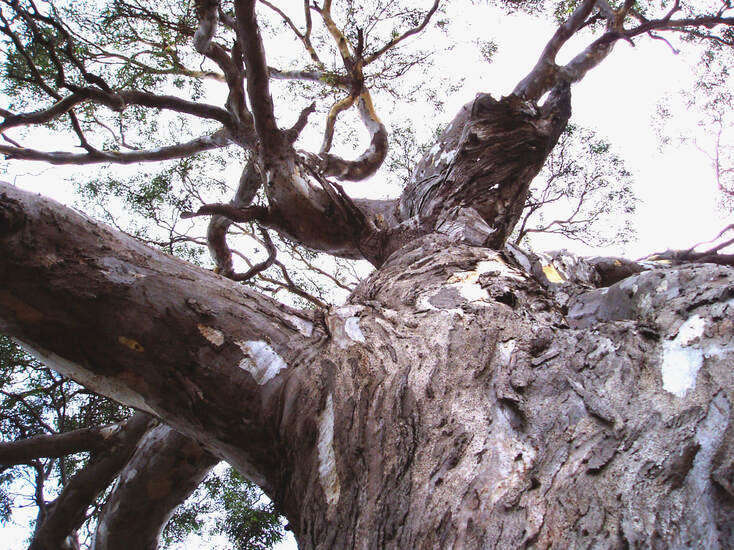 Looking into the canopy of a magnificent old River Red Gum. Photo Tian Murphy Looking into the canopy of a magnificent old River Red Gum. Photo Tian Murphy Paddock trees need our protection This is a snapshot of the extraordinary web of life supported by paddock trees. They stand alone and in isolation, an integral part of forgotten and diverse plant systems. Remarkably and stoically they manage to hold the shrunken remains of past ecologies together, with a dignity and beauty that deserves the gratitude of a nation. Studies indicate they are not being replaced and that they are dying at a rate of 2% each year. Clearly they need our protection. Click here to read the abstract of a recent Australian National University study on paddock tree decline. Their decline and restoration is the topic of part 3. The science of Tree Hugging 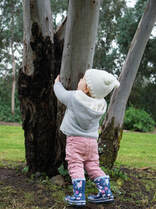 Tree hugging makes us feel calmer and happier. Photo Mark Carter Tree hugging makes us feel calmer and happier. Photo Mark Carter In Iceland people are being encouraged to hug a big tree to combat feelings of loneliness and isolation. Hugging a tree increases levels of the hormones oxytocin, dopamine and serotonin, helping us bond with the tree and making us feel calmer and happier. Perhaps the time has come to start hugging old paddock trees as a gesture of our heartfelt thanks for all the benefits that they provide.  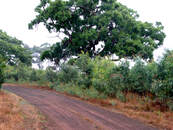 Natural regeneration under an old Yellow Gum Natural regeneration under an old Yellow Gum The story of paddock trees continues Part 2 - The benefits of paddock trees on farms Part 3 - Restoring paddock trees and fostering the next generation Send in a picture of your favourite paddock tree and I'll put it here for all to admire. Do you have a personal story about your tree? Thanks to Kaye, Murray and Grace for photos of amazing paddock trees.
Murray added these insights into his family's connection with two paddock trees; Here are a couple of Manna gums we have, the first we call the "swing tree", as it is only an easy walk from the house, and ever since my now teenage children were young, it has hosted a swing. I've had to replace the swing a few times, but the tree goes on. It's a great spot to sit and watch the sunset, or have a campfire. The second we call the " faraway tree", after the Enid Blyton story. There are at least half a dozen hollows, reminding us of the tree in the story and all its residents. Grace added - This is what we call “Grandmother Tree”, such a blessing to have on our little property. Currently having a drink from flooded Mt Emu Creek. Unfortunately she doesn’t look healthy this year, so I’ve taken seed to propagate. Blessings
2 Comments
Terry Laybourne
11/8/2020 08:37:18 am
Thanks Stephen for this article. We have a block of 2.5Ha which we have been attempting to rehabilitate to something like its original state. It has retained a number of its old trees - unfortunately, we have run into some resistance from some of our neighbours who would like to see the area maintained a little more than a lawn with a few trees. I am thinking that I will share your article with a few of them so they can appreciate the benefits of rewtaining our old trees - as well as renewing with new growth.
Reply
Steve
13/8/2020 12:10:36 pm
Hi Terry,
Reply
Leave a Reply. |
Click on the image below to discover 'Recreating the Country' the book.
Stephen Murphy is an author, an ecologist and a nurseryman. He has been a designer of natural landscapes for over 30 years. He loves the bush, supports Landcare and is a volunteer helping to conserve local reserves.
He continues to write about ecology, natural history and sustainable biorich landscape design. 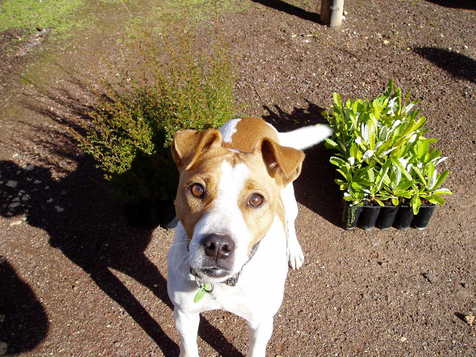
|
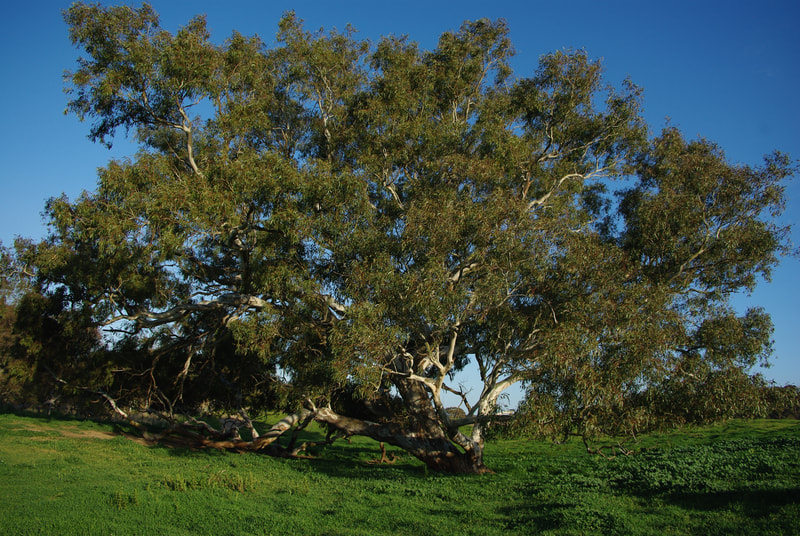
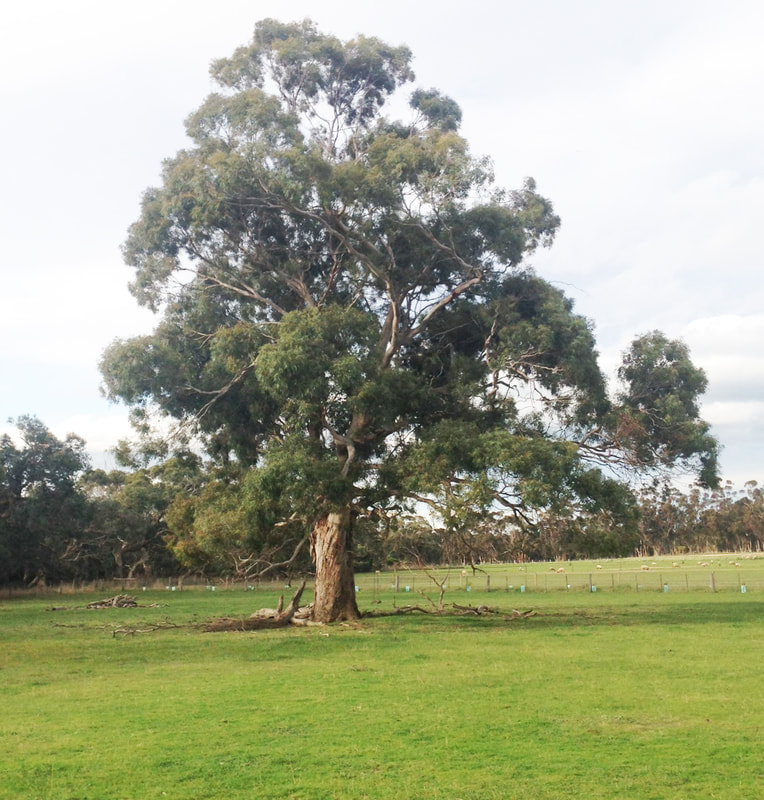
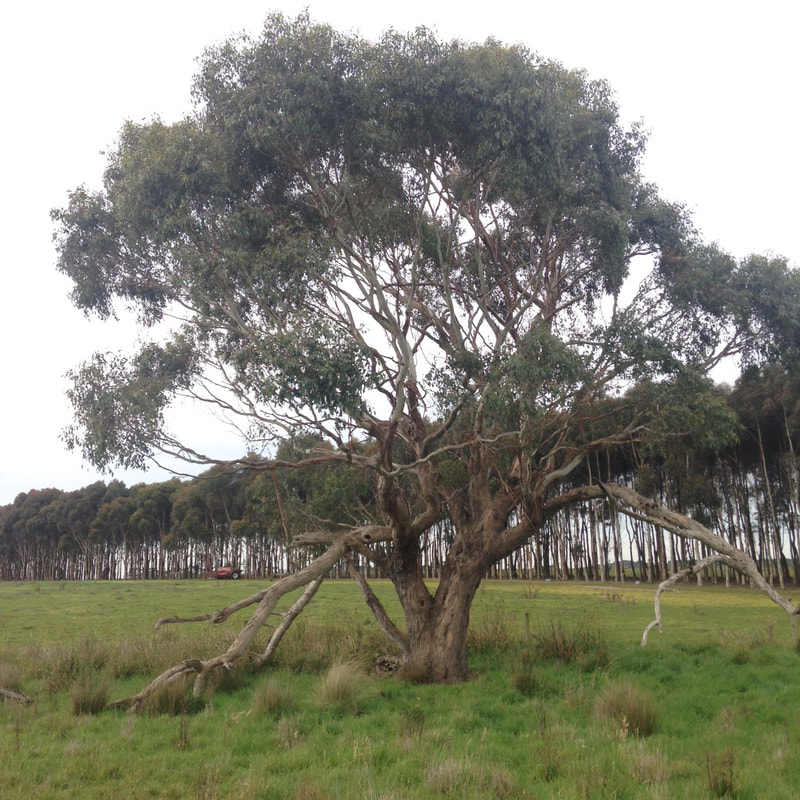
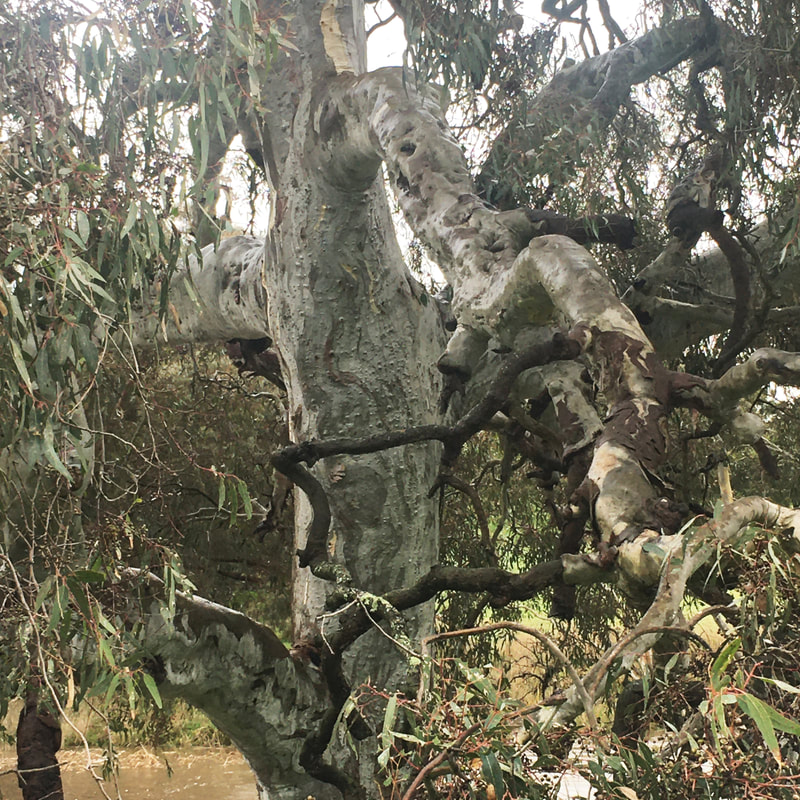
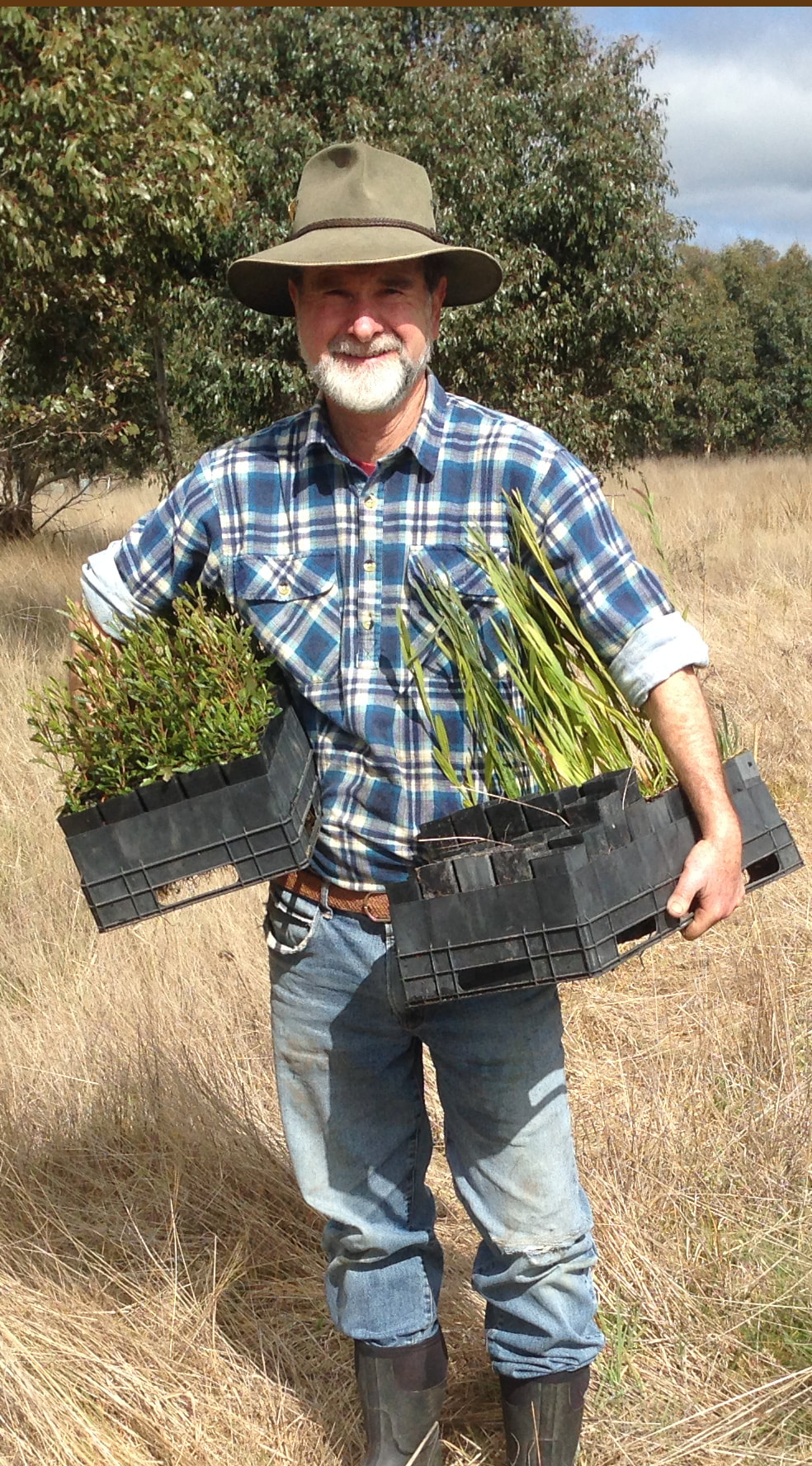

 RSS Feed
RSS Feed
